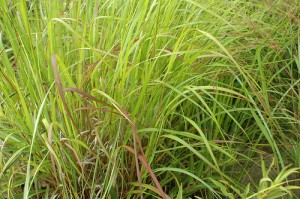
According to Biofuel Daily, the research was carried out at the University of Bologna, in Italy. Lead researcher Dr. Andrea Monti said the team reviewed over 100 articles on switchgrass and found this type of crop has a better ability to accumulate carbon in the soil compared to several other grasses, especially row crops. She added that because switchgrass has not been planted as a monoculture crop until the mid 20th century, it’s necessary to factor in long term predictions on carbon sequestration, which includes land use change, carbon turnover rate and the economic life cycle length. These calculations are still lacking, she said.
Dr. Monti’s team examined the emissions and uptake of three greenhouse gasses – carbon dioxide, methane, and nitrous oxide – over the life cycle of switchgrass from cultivation to processing. They also considered how previous estimates differed according to what variables are included and what values are used for factors, such as agricultural practices (such as tilling, harvest frequency, and fertilizer application), end-product (bioethanol vs. bioelectricity), and fossil fuels that are being displaced.
The overall conclusion is that switchgrass bioenergy could play a role in reducing emissions from fuels, but some gray areas need to be further researched to understand its actual impact. “A reliable assessment of the contribution of switchgrass, along with other energy crops, in reducing greenhouse gas emissions might increase their demand in the booming renewable energy market,” said Dr. Monti.
You should follow us here.





